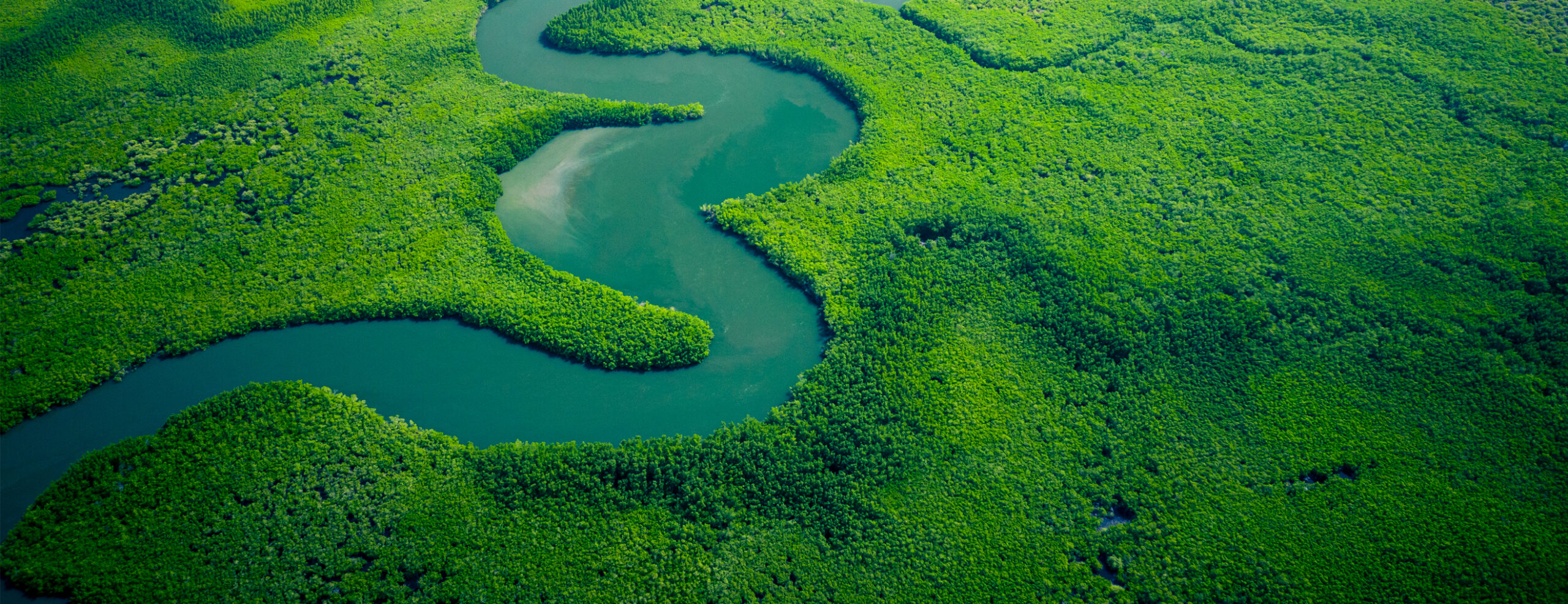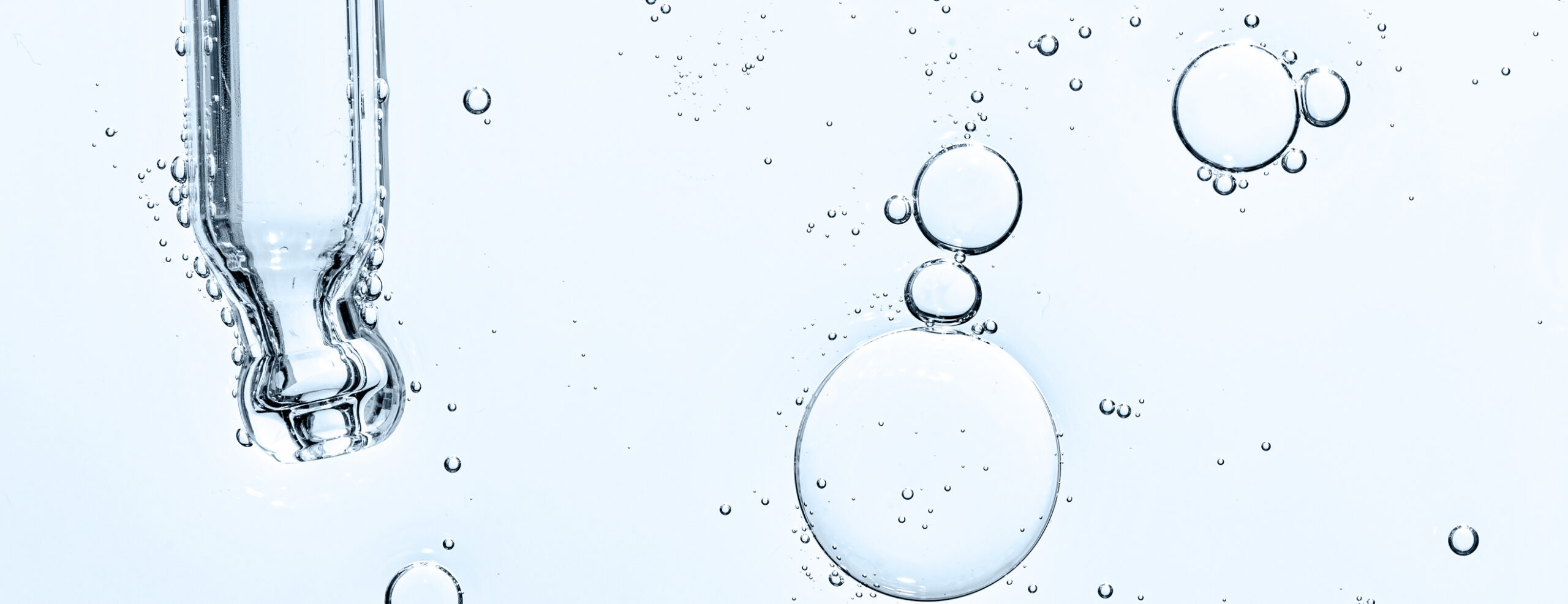Vestan, working each day to maintain Squalene’s Natural Cycle, for you and for the planet.

Earth formed around 4.54 billion years ago, approximately one-third the age of the universe, and modern humans came in around 300.000 years. But only very recently Nature and Humans coexist in a fragile balance between what is taken and put back into nature.
The interdependency between us and nature has force us to actively protect the natural cycle of life. In reality we are not that different from any other living creature on earth. We are all a composition of cells and molecules that bind us together. But some molecules are more important than others.
Squalene is one of the special molecules, and like any other super molecule, it’s naturally found in all animals and plants with steroidal structures, and it is abundant. Is an unsaturated hydrocarbon that plays an important role in human health, with known endogenous benefits, but also has carrier to other molecules into deep layers of human body.
Since it was discovered in early twenty century, isolated and concentrated into oil form, a new direct source from nature to humans has began. Nowadays and increasingly in the future, Squalene will play a determinant role on world’s human health. But this comes with increased responsibility.
Although it can be found in animals at higher concentration levels, plant sourced Squalene has grown exponentially and proven to be a reliable and sustainable source, while maintaining an healthy balance between human usage and environmental concerns.
If once the Squalene cycle was naturally controlled, now it requires intervention and determination. It is time to take the lead and look after the Squalene Natural Cycle, with responsibly, transparency and accurate information, so it can endure for next generations to come.
Vestan, working each day to maintain Squalene’s Natural Cycle, for you and for the planet.
Know more about Squalene

It is an intermediate in the biosynthesis of all animal and plant biochemicals that have steroidal structures, including cholesterol and numerous human hormones. Thus, it exists and its produced by all plants and animals, and we, humans, are no exception.
Human skin’ sebaceous glands create our lipid protective layer. An oily layer filled with Squalene to protect us from the harsh environment we live in.
Its first isolation from fish liver oils is often attributed to Scottish chemist Isidor (later Ian) Morris Heilbron and coauthors in 1926. But perhaps the most important scientific work on squalene was the discovery of its biochemical pathway to cholesterol.
In 1953, Robert G. Langdon and Konrad Bloch* at the University of Chicago used carbon-14 labeling to follow the route from acetate to squalene and then on to cholesterol. For their pioneering work on cholesterol and fatty acid metabolism, received the 1964 Nobel Prize in Physiology or Medicine.
Squalene is found in plant sources such as olive, wheat germ, and rice bran oils; but it is most abundant in fish liver oils. Squalene is valuable as an adjuvant in vaccine formulations and (along with its hydrogenation product squalane) as an emollient in cosmetics.
